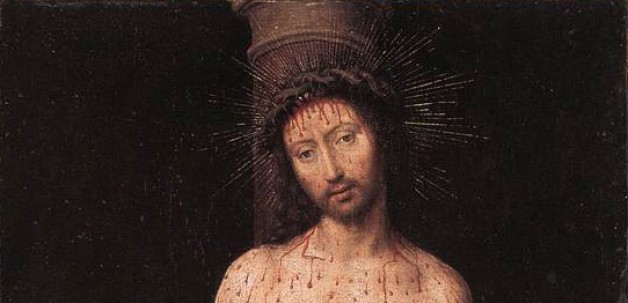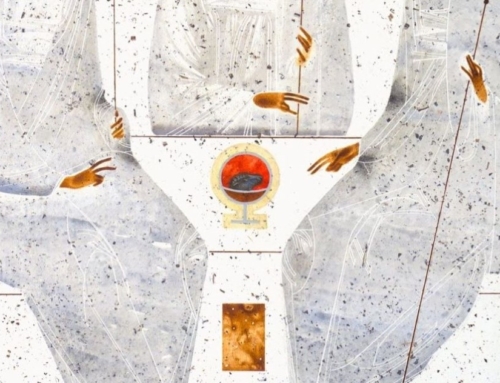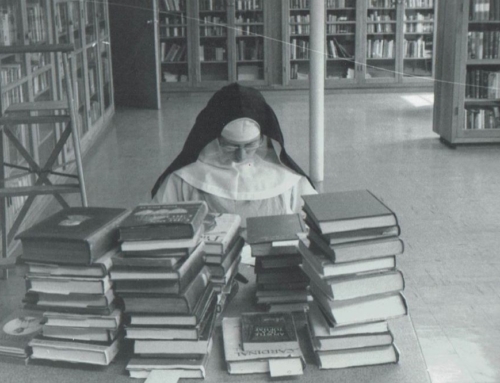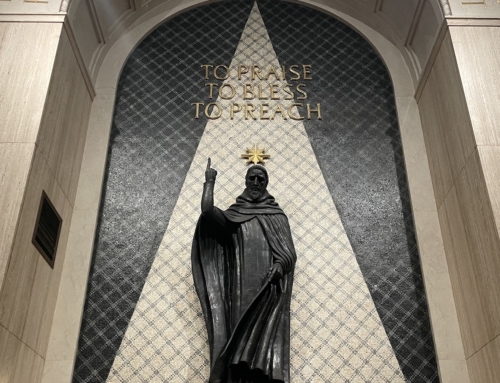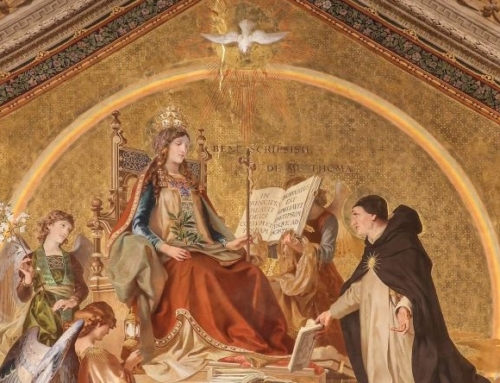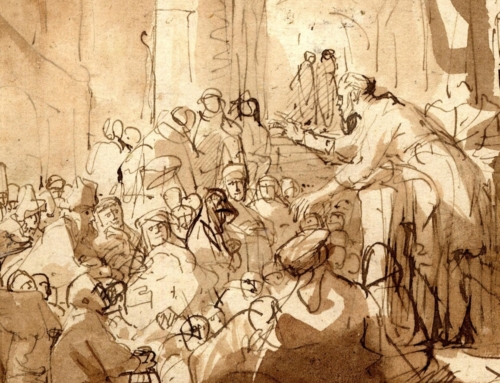In Art and Scholasticism, Jacques Maritain argues that there is a certain unity of purpose in all artistic production, despite differences of time, place, and culture. He holds that this unity is discernable in the purest forms of each artistic genre, where the highest intentions and aspirations of both the artist and his societal context find expression. Ultimately, Maritain argues, these intentions and aspirations point toward and are consummated in the person of Christ: “Every spiritual radiance (found in the fine arts) is a promise and a symbol of the divine harmonies of the Gospel.”
There is a sense in which Maritain is correct. On an aesthetic level, the harmony and order in the natural world, which appeal to us as beautiful, direct us back to the One who is their source. From this vantage, it is fitting that artistic attempts at beauty should exhibit a certain unity, whether explicitly Christian or not, inasmuch as they share a common natural and human foundation. One might even say with Maritain that the purest forms of artistic expression are “Christian by hope,” because even on an aesthetic level they strive for what will eventually be fulfilled in Christ.
There are many examples of Christian art that harmonize well with natural concepts of beauty. Pope Benedict and others have rightly said that natural beauty is an indispensable aspect of the celebration of the Liturgy. The season of Lent, however, seems to draw our aesthetic sensibilities toward things that, in themselves, are not beautiful—most significantly, the Passion of Christ.
The Passion is presented to our senses in various forms and in ways that cannot fail to capture our attention. The choice to portray the Passion so intensely and so directly rules out the possibility of passing over the event as an unfortunate necessity. While most successful human responses to suffering attempt to bring good out of it by accepting its inevitability or by working toward a harmonious resolution, the dynamics of the Christian mystery are different: the Cross cannot be merely a kind of dramatic tension in need of catharsis.
St. Thomas describes the Christian faith as a form of “sacred teaching,” and, interestingly, the twentieth-century Thomist, Dominic Rover, O.P., uses this idea to distinguish between divine and human art. While human science produces knowledge that is quantifiable and certain, it is the nature of poetry to express with metaphorical imprecision a truth that is closer to human subjectivity. Divine science, by contrast, is the root of all objectivity, including the objectivity of human knowledge. And yet there is a sense in which it is poetic, at least in the way that we receive it.
While the truth-value of most metaphorical language rapidly evaporates when pushed beyond the immediacy of human experience, divine metaphor is a manifestation of truth in itself, which, although surpassing the capacity of the human mind, is nevertheless fit to be received by it. Thus, the symbols and types of the Old Testament, and even the teaching of Christ—so frequently accomplished through parable and gesture—can be seen not so much as human attempts at metaphorical explanation, but as divine teaching. God, as a good teacher, communicates the truth in a way suited to the emotional and rational faculties of His intended audience. When the human person is elevated in faith, even that teaching which is beyond the scope of his natural capacities is rendered attainable and desirable.
Despite the importance of poetic modes of expression in divine teaching, not all aesthetic representations of this mystery fit well within our natural categories of beauty or attractiveness. As we read in Isaiah, the man of sorrows has “no majestic bearing to catch our eye, no beauty to draw us to him.” The Cross itself is a sign of contradiction, a contradiction that reaches beyond aesthetic appearance because it expresses something about the nature of Divine love that is outside the scope of human experience. Although Maritain may be right that natural encounters with beauty can draw us closer to Christ, there is a sense in which certain of the Christian mysteries do not fit smoothly with our natural understanding of beauty when expressed artistically. They can appear instead as jarring aesthetic contradictions, with few intuitive links between our natural experiences of art and beauty and this new manifestation of Divine love.
Perhaps Maritain is right in at least this: Christian art flows from the practice of Christianity itself. For Maritain, one must have living faith to represent in human aesthetic categories that which is fundamentally beyond their natural reach. Because the truth of Christian faith is a divine truth, it is not confined to propositional abstraction, but radically transforms the reality of suffering through the power of the Cross.
Aquinas teaches that God can be likened to an artist both in Creation and Redemption, that these have a kind of artistic harmony. Unlike a theatrical plot, however, in which some difficulty is eventually resolved to the satisfaction of the audience, God’s artistry not only overcomes weakness and failure by subsequent acts of strength, but changes the role of suffering itself by sanctifying it with the power of His own love. Our perception of suffering must change accordingly, so that even those things that appear aesthetically ugly on the natural level—pain and suffering—are worthy of our contemplation; for, in Christ, they have become signs of what they might otherwise contradict: the goodness of God, whose strength is revealed in weakness.
✠
Image: Hans Memling, Christ at the Column

